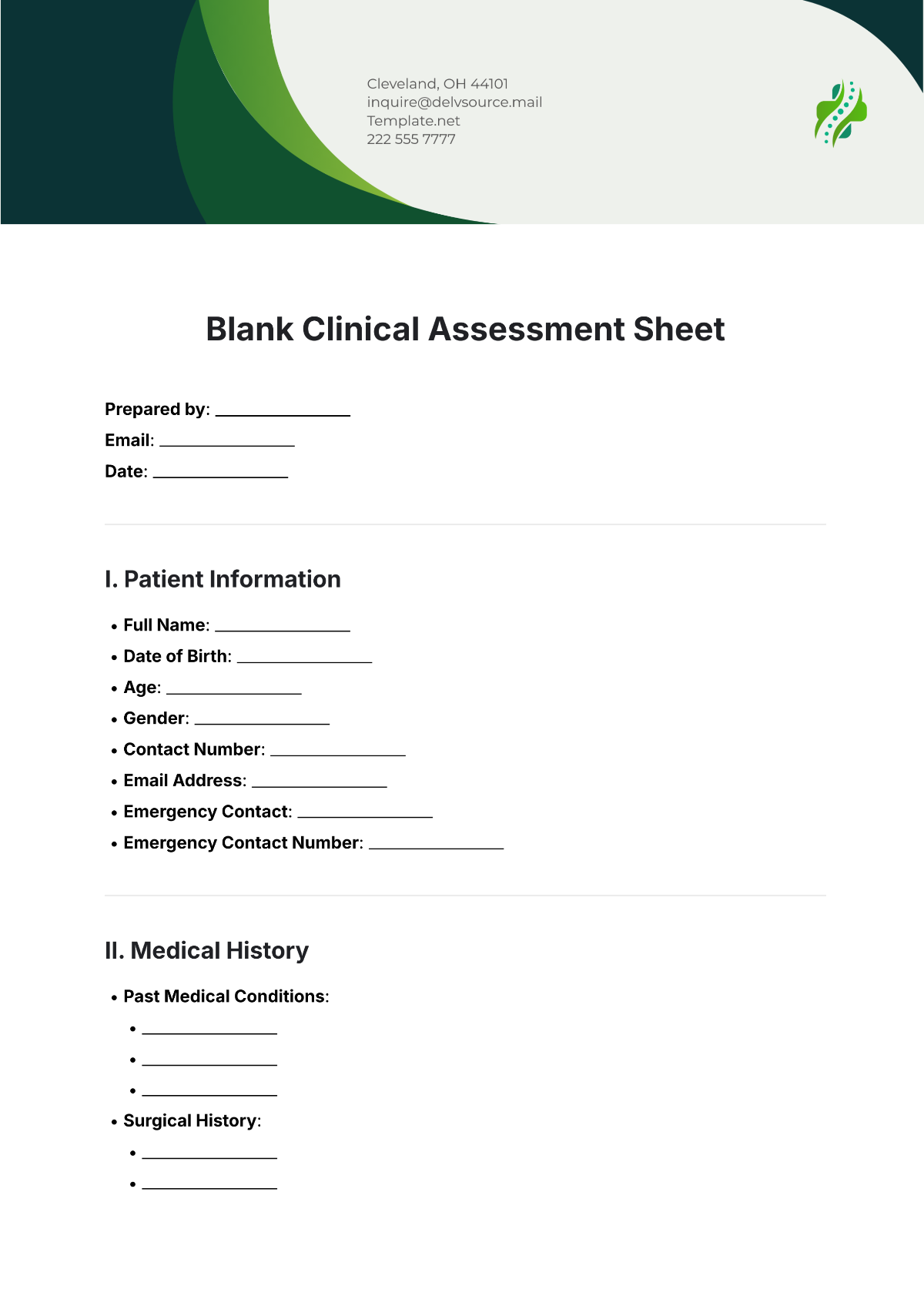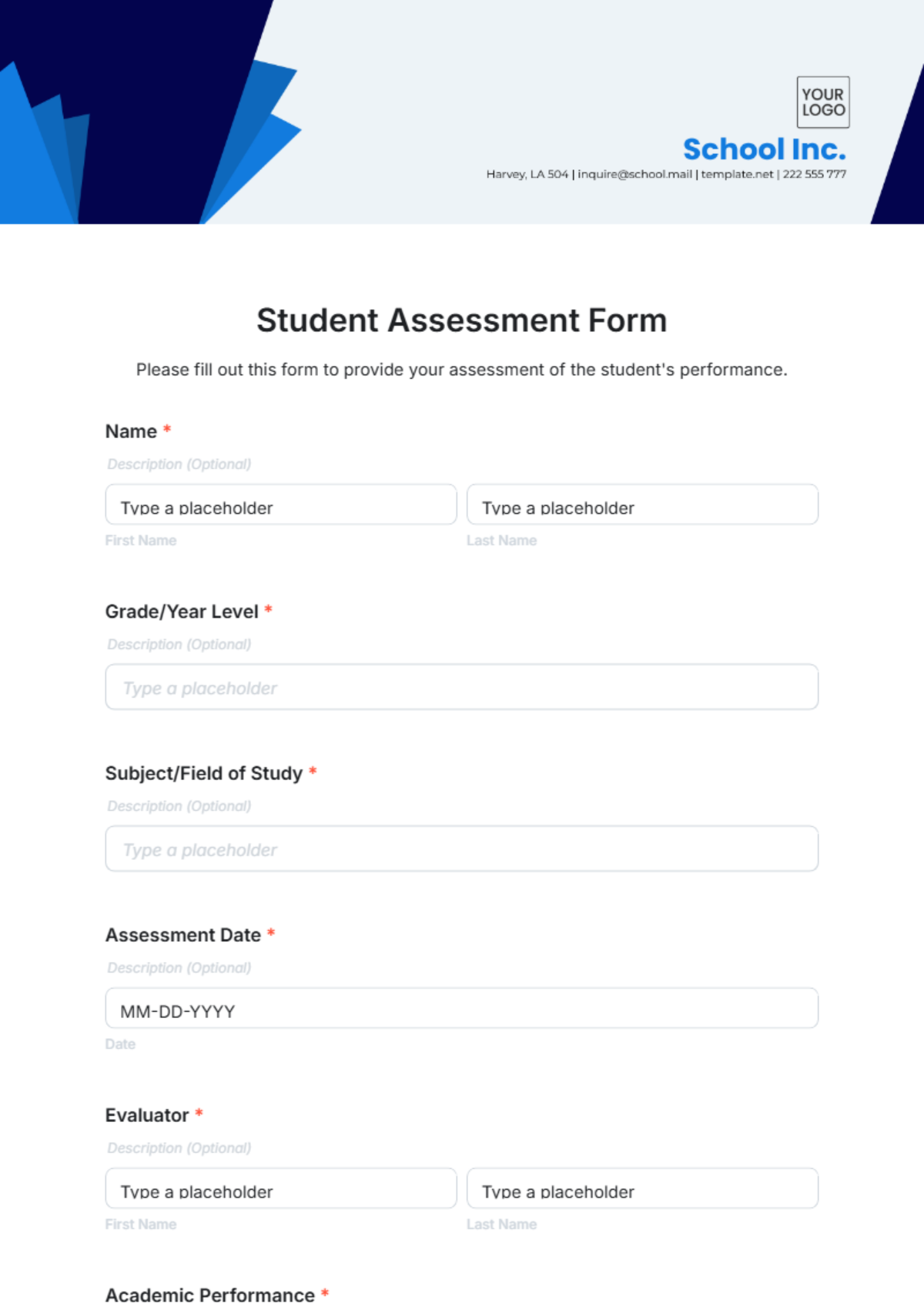Risk Assessment Security Policy
Effective Date: January 1, 2079
Last Reviewed: January 1, 2079
Version: 1.0
1. Purpose
This policy establishes the framework for assessing and managing security risks to protect organizational assets, including sensitive data, personnel, and infrastructure, while ensuring compliance with global cybersecurity standards and promoting business continuity.
2. Scope
This policy applies to all departments, employees, contractors, and third-party vendors interacting with Phoenix Tech Solutions’ systems, facilities, and data. It encompasses physical and digital assets across all operational locations.
3. Risk Assessment Process
3.1 Risk Identification
Threats: Cyberattacks (phishing, malware, ransomware), physical breaches, system failures, and natural disasters.
Assets:
Data: Customer records, proprietary algorithms, financial records.
Infrastructure: Data centers, network systems, IoT devices.
Personnel: Employees, contractors, and vendors with system access.
3.2 Risk Analysis
Likelihood Assessment:
High likelihood of phishing attacks and system vulnerabilities due to industry trends.
Medium likelihood for physical breaches.
The low likelihood of natural disasters at most sites.
Impact Evaluation:
High impact on customer trust and compliance if breaches occur.
Medium impact on operations due to system downtime.
3.3 Risk Mitigation Strategies
Implement multi-factor authentication (MFA) for all user access.
Encrypt sensitive data both in transit and at rest.
Perform quarterly penetration testing to identify vulnerabilities.
Develop disaster recovery and business continuity plans.
Conduct annual security training for all employees.
3.4 Monitoring and Reporting
Monitoring: Utilize advanced threat detection systems to monitor network traffic in real time.
Reporting:
Employees must report incidents via the Security Incident Reporting Tool within 24 hours.
Quarterly reports to be compiled and presented by the Risk Management Officer to the Board.
4. Roles and Responsibilities
Risk Management Officer:
Lead the risk assessment process and ensure annual updates to the policy.
Review and approve all security measures implemented.
IT Department:
Maintain security systems, including firewalls, endpoint protection, and access controls.
Investigate and resolve reported security incidents.
Employees and Contractors:
Adhere to security protocols outlined in this policy.
Participate in mandatory security training and report suspicious activities immediately.
5. Review and Updates
This policy will be reviewed and updated annually or as needed following major operational changes or incidents. The next scheduled review date is January 1, 2080.
Signed by:
 [Your Name]
[Your Name]
Chief Security Officer (CSO)

















































